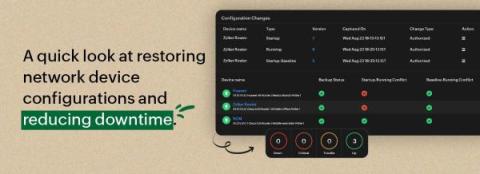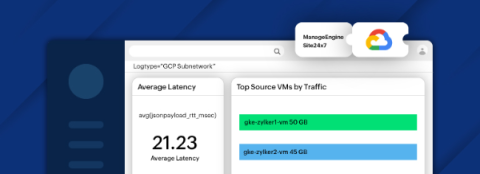Chaos engineering in an Azure environment: Confident enough to try it?
What could go wrong with your Azure environment? Netflix gave the world two beautiful gifts: a media streaming platform for the general public and a wonderful monkey for the tech community. Enough has been said about the media streaming part, so let's play (or work) with the monkey now. When Netflix let the world know about Chaos Monkey, the tech community took a minute to stand and applaud. Since then, it has been a standard to unleash intentional chaos just to see how robust our tech stacks really are.











